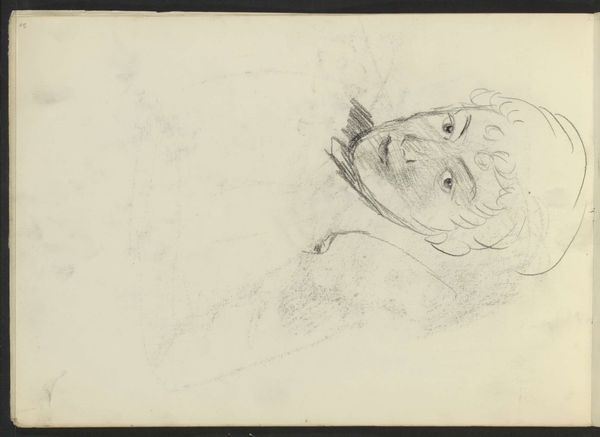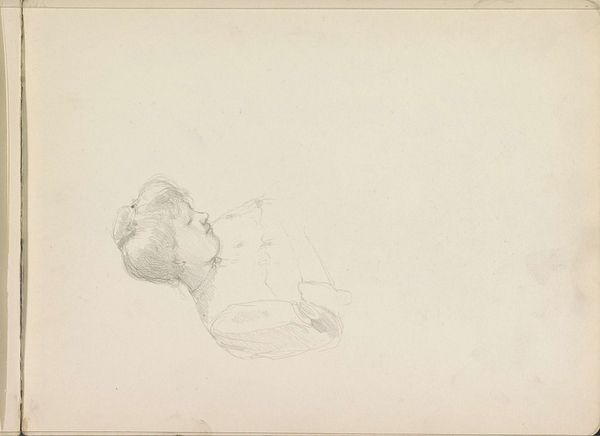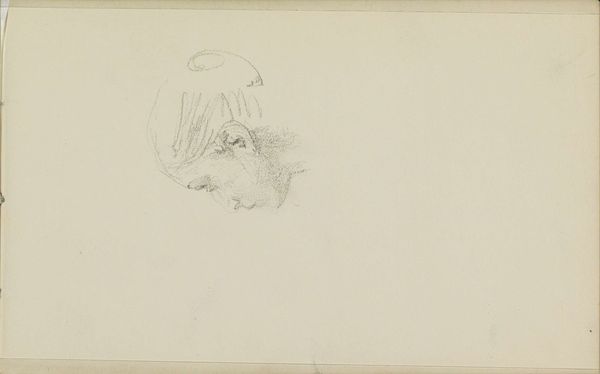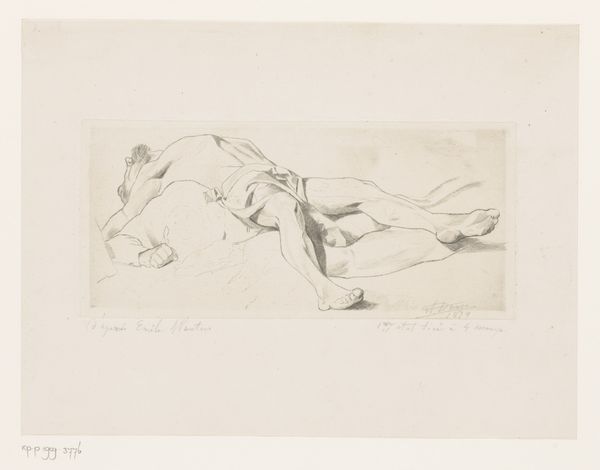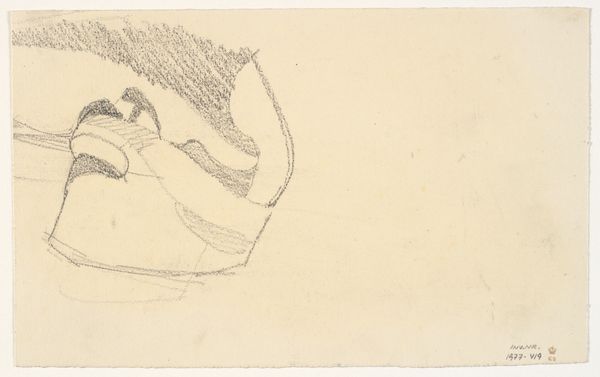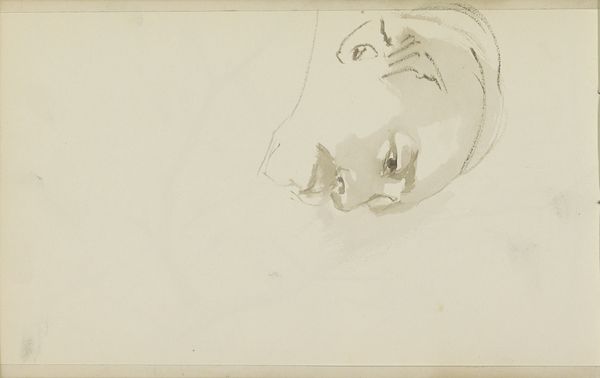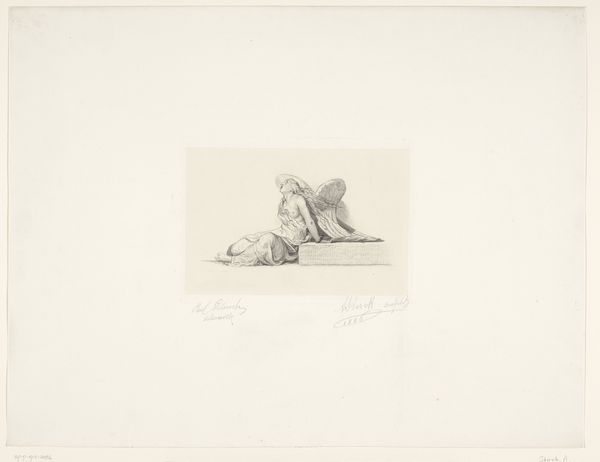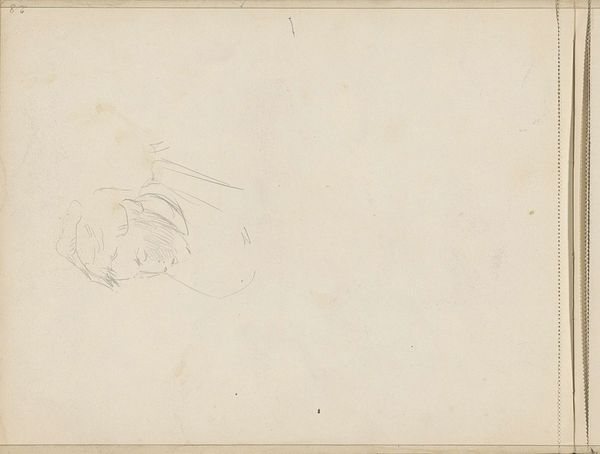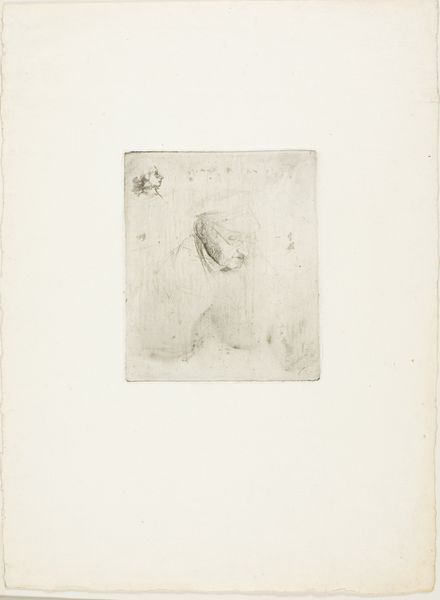
drawing, print, etching, paper
#
portrait
#
drawing
#
animal
# print
#
etching
#
etching
#
paper
#
france
#
line
Dimensions: 53 × 78 mm (image); 53 × 78 mm (plate); 59 × 80 mm (primary support); 179 × 247 mm (secondary support)
Copyright: Public Domain
Curator: Well, hello! Let's talk about "Head of a New Holland Dog," an etching by Charles Meryon dating back to 1860. When I look at it, I see patience distilled into an image. Editor: It does possess a peculiar stillness, doesn't it? The stark lines against the negative space immediately foreground a study in canine anatomy—the pronounced sagittal crest, the tight angles formed by the jawline... It's an almost clinical exercise in representation. Curator: Clinical, yes, but also imbued with feeling! The dog's watchful gaze is so carefully captured, the way Meryon etches his fur—it almost makes me wonder about his connection to this animal. Was this his companion, his familiar? Maybe I am projecting. Editor: Projection is hardly irrelevant, given that Meryon frequently used animals to allegorize the human condition. Consider the placement of that tiny symbol hovering near the snout. Resembling linked hearts—could that signify olfactory dependence? Curator: Possibly! Or maybe those represent a playfulness—two stylized butterflies maybe? This adds a dimension that extends beyond a mere study of form and hints toward more expansive, emotionally tinged territory. It transforms a detached portrait of the New Holland dog. Editor: Interesting thought. Look more carefully at the orientation and depth of field, we may consider its relation to Joris-Karl Huysmans and naturalism? By situating the piece between realism and sentimentalism, a paradox develops! Curator: I do get the sensation that, as viewers, we're invited into a quieter, gentler, more solitary dialogue about life, even in the 1860s. But this sense can become amplified if you stop considering technicals and ask "what's this image teaching me?" Editor: An insightful point. Indeed, by focusing exclusively on pure form, it may overshadow its emotional, maybe philosophical resonance. Perhaps in those simple etched lines lies complexity—a synthesis of form and content. Curator: Precisely! Next time you meet "Head of a New Holland Dog," stop and reflect that both emotion and structure have relevance when appreciating art! Editor: A worthy note! Until the next artwork, happy viewing everyone!
Comments
No comments
Be the first to comment and join the conversation on the ultimate creative platform.
